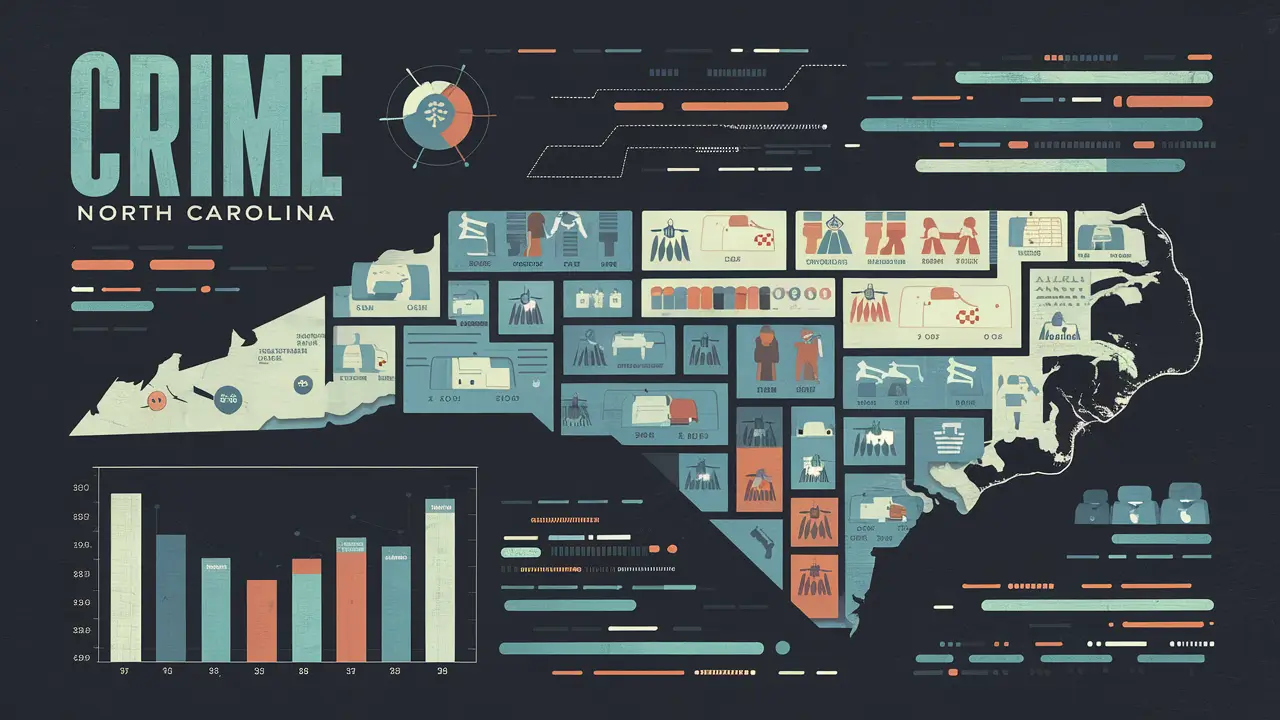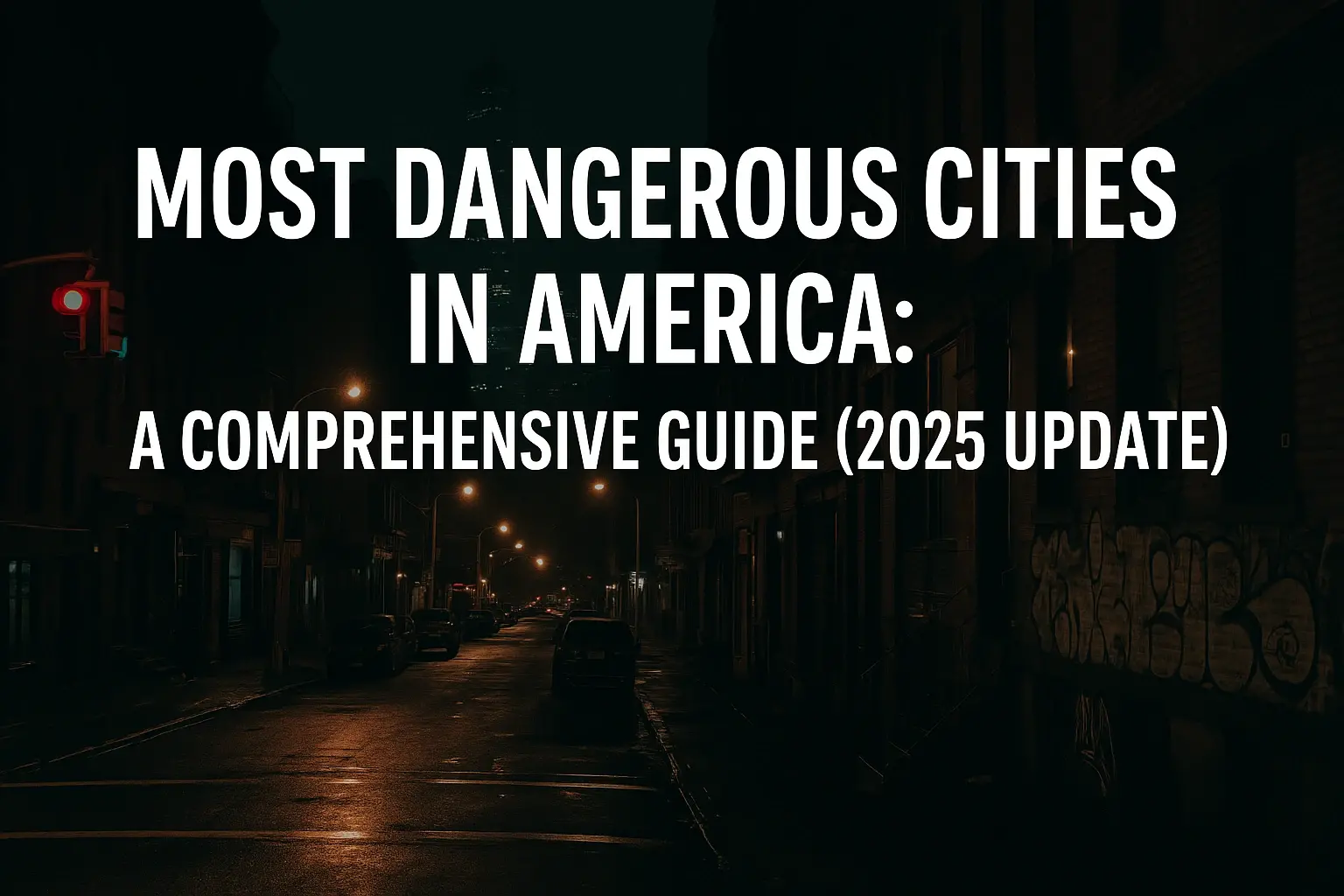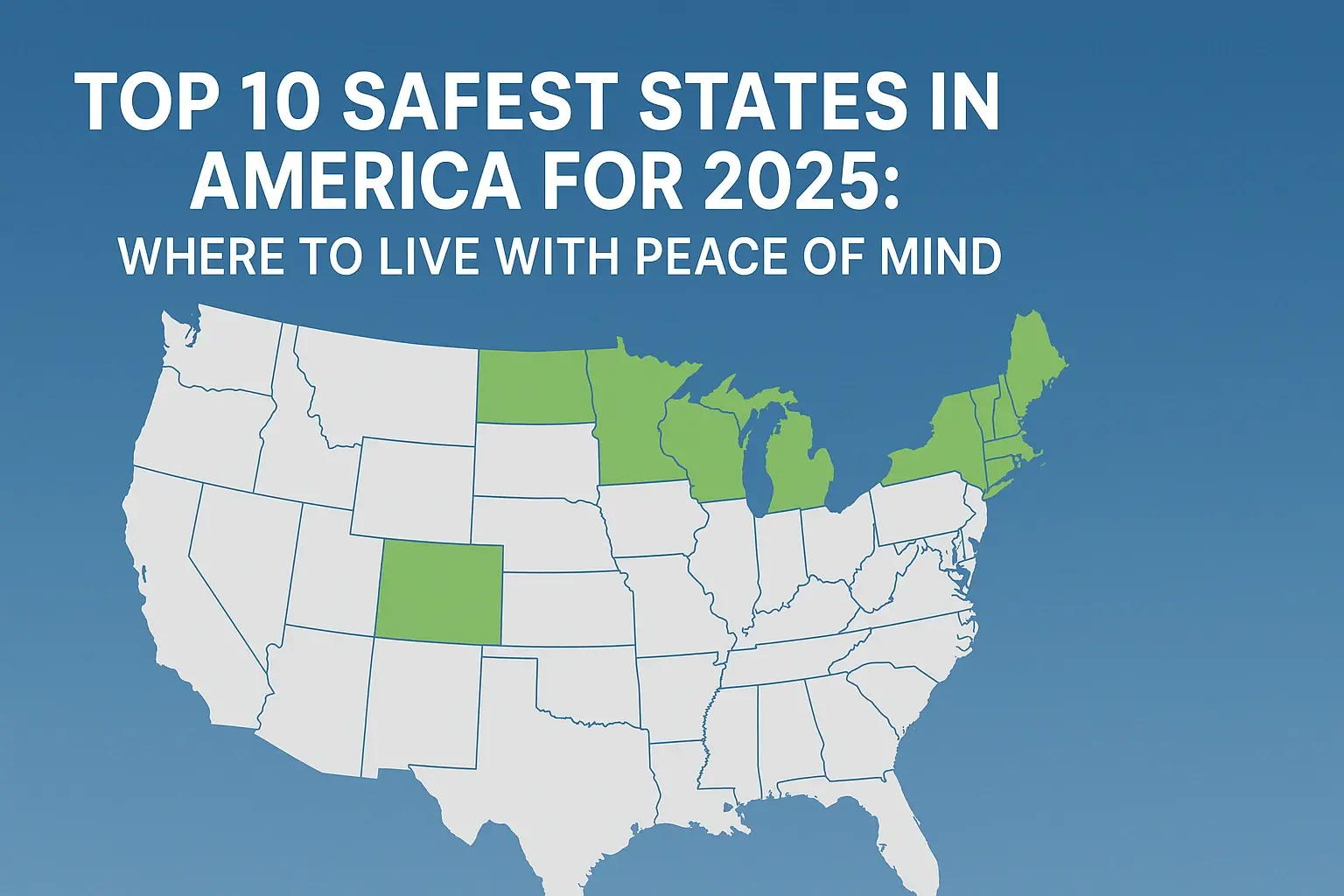Regarding property and violent crimes, North Carolina is well-known among the safest states in the country. While the preceding study of the data shows a basic picture of crime in the state, a closer examination of the figures reveals many patterns and elements explaining crime in the state.
Overall Crime Rate Trends
According to the FBI Uniform Crime Reporting program, North Carolina's general crime rate has gradually dropped over the last several decades. Over the years, both rates of property and violent crimes have drastically dropped; at the start of the 90s, the rate per 100,000 citizens was the highest.
Still, the number of violent crimes in the recent past has somewhat risen. From 372 violent crimes for every 100,000 of the state's population to 412, the violence in North Carolina has increased by more than 10%. Although property crime has trended downward generally, other violent crimes like murder and aggravated assault have increased in overall state incidence.
Geographic Differences
For instance, rates of crime can differ within a region even where the state is identified as having high crime rates. As for the general tendencies of criminal activity, it can be mentioned that crime rates in urban regions of North Carolina remain higher than in rural ones. For instance, the violent crime rate in major counties, such as Mecklenburg and Wake, is more than 600 crimes per 100,000 people: above two times higher than the state average. Smaller metro and non-metro counties have comparatively low incidence rates and frequently are below 200 per 100,000.
It is also true when comparing property crime rates, specifically where the urban areas have a higher rate of such crimes than the rural areas. Property crime is found to be higher among the urban counties which has a rate of more than 2,500 to more than 3,500 per 100000 people. However, many rural mountain counties possess rates of property crimes that do not exceed 1,500 per 100,000 residents – a number that sits significantly lower than the rates commonly recorded in large cities. Thus, though the general property crime rate in North Carolina has declined in recent years, non-urban areas have most significantly experienced the positive effects of that decline.
Crime Rate Factors
What are the reasons behind such variations in crime rates across the geographical regions of North Carolina? Researchers have pointed to a few key reasons
Population density and size – Concentrated population within the urban areas and increased tourism increase the targets and opportunities for offense commission. Crimes can easily get lost in the background of the environments which are present in urban structures.
Economics – This factor works by determining how much income disparity there is, poverty levels, levels of unemployment, and other economic factors that may contribute to crime rates. In general, there is a lower cost of living in rural counties, and high-income and low-income populations are not as disparate as they are in urban areas.
Opportunities – Transport links, proximity to major roads or freeways, conference and events facilities, entertainment strips, and other opportunities in the context of the case are not the same for urban and rural locations. These opportunity factors directly relate to crime rates.
Thus, though cities such as Raleigh and Charlotte are believed to be rather favorable, the population density and the numerous potential jobs create a certain level of criminal appeal. Knowledge of these factors of diversification makes it easier to appreciate the variations in the overall crime rates within various regions.
Recent Crime Trends
The new crime trend in North Carolina was shifted by COVID-19 in several ways that people did not foresee. With shutdowns in 2020 and fluctuations since then, some crime patterns have shifted:
Overall, property crime declined in the first few months of initial lockdowns while there was an uptick in violent crime as more people were at home. There are likely to be fewer things for burglars to steal but the circumstances under which things happen could be more conducive for violence.
The cases of motor vehicle thefts have risen by double-digit percentages in recent years for most of the metro areas, as seen in the case for the whole country.
Other consequences include: overdoses and fatalities from drugs such as fentanyl have risen to more than one-third during the analyzed pandemic period, indicating both economic and social costs.
Thus, while historical trends help us understand the long-term trends in crime rate, they also show that there are emergent new crime dimensions, as recent events such as COVID also illustrate. Thus, safety efforts and policing approaches require flexibility on upcoming landscape shifts that shape offender motivation and opportunities in North Carolina.
Key Takeaways
Despite its reputation as a southern state, North Carolina’s crime profile has some distinct characteristics:
While rates of property crimes are on a decline the percentage of violent crimes on the other hand is on the rise in the state.
Urban, metro, and rural counties are quite distinct with few similarities between them. Prices can rise to even double the amount between cities and country areas.
Opportunity factors such as population density, economics, transport, and others determined the nature and extent of crimes within particular areas.
Data on crime trends in North Carolina and within the past years offer background on safety advancements and community development. The flexibility of intervention initiatives to changing realities as a continuation of a problem remains a challenge for law enforcement and legislative bodies as crime dimensions continue to evolve.







